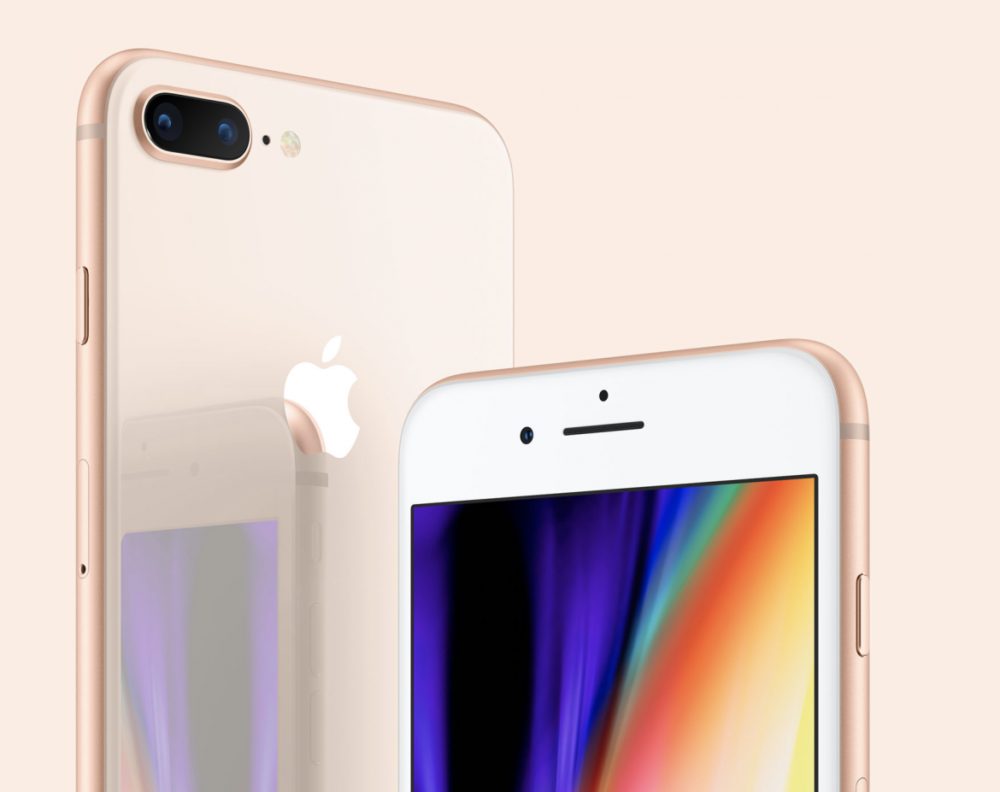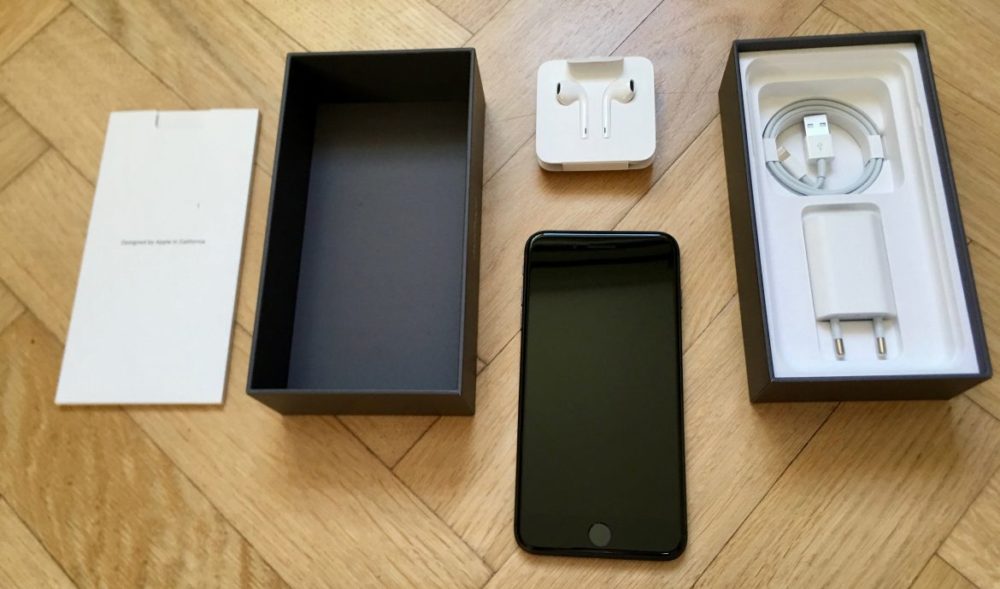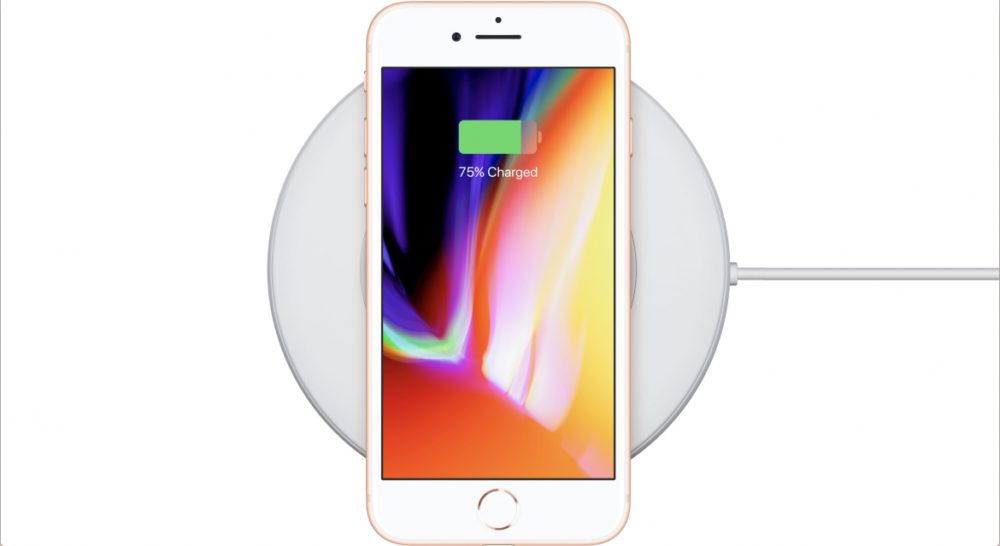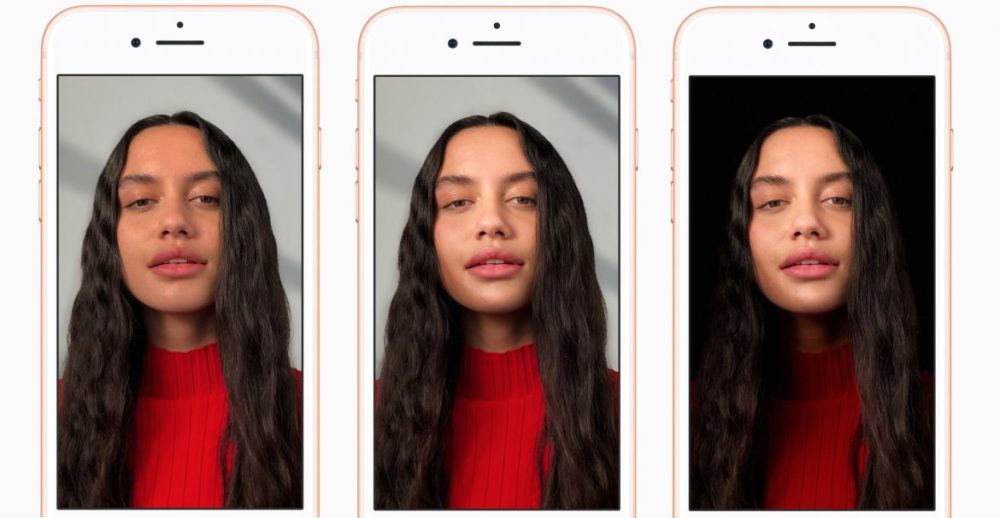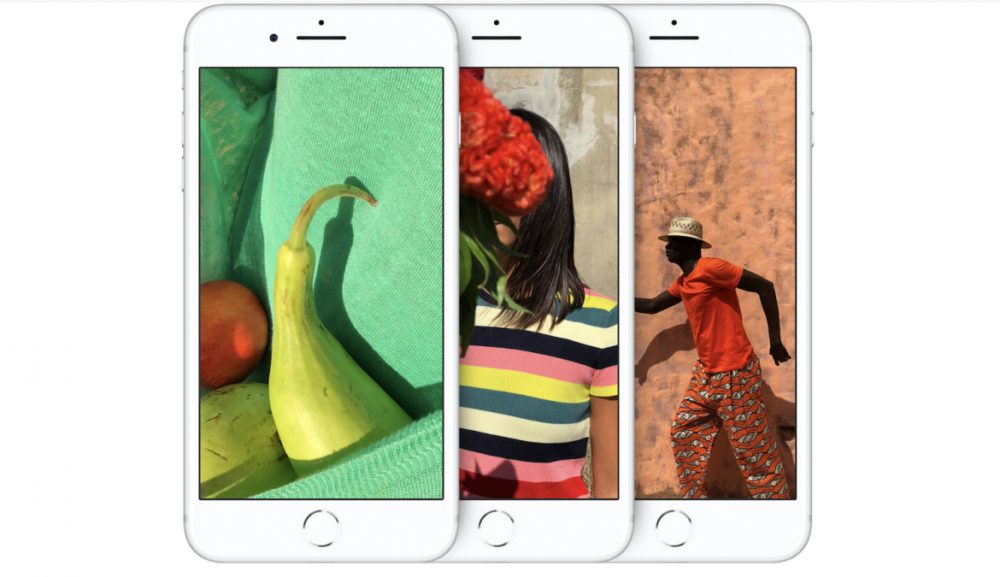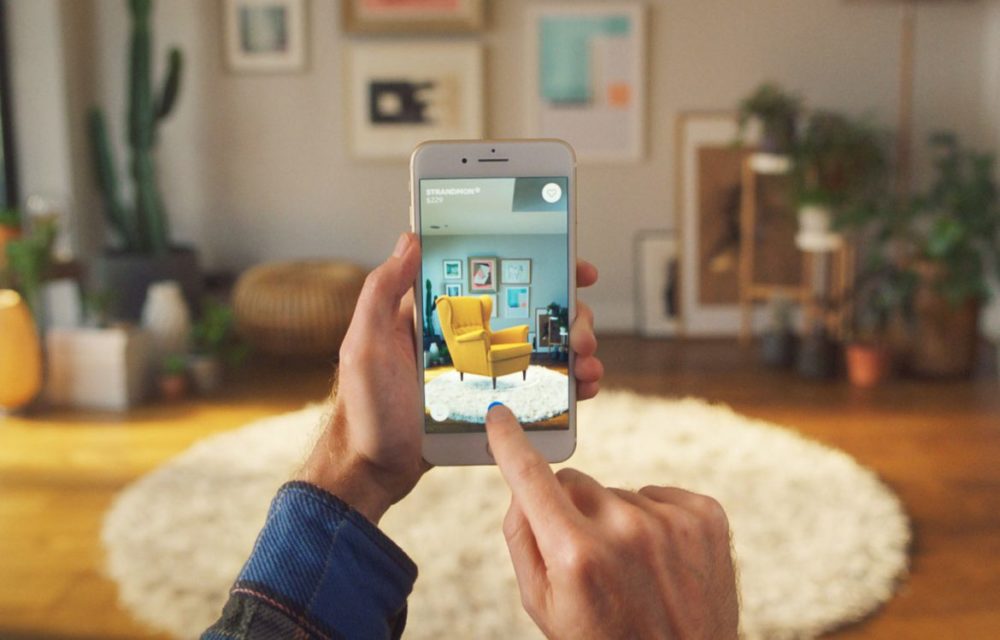TL;DR
Apple's iPhone 8 Plus offers a compelling larger screen experience, potentially replacing the need for a tablet, and boasts significant performance boosts with its A11 Bionic chip. It introduces convenient wireless charging and camera improvements like dual portrait mode, but still lacks robust water resistance and requires separate purchases for fast charging. While an incremental upgrade, it's a solid, cost-effective option, especially for those upgrading from older devices. Discover if this refined powerhouse is the right fit for you by diving into the full review.
Many were intrigued when Apple introduced “Plus” models for their iPhones. The trend towards larger screens began several years ago, evolving from 4.7″ to 5.5″ or nearly 6″, representing a significant increase in screen real estate and a noticeably larger phone. These handsets were initially dubbed “Phablets” (a portmanteau of Phone and Tablet), and they have since proven their value. The larger screen size of nearly 6″ reduces the necessity for an iPad (mini) or other tablets, potentially explaining the absence of a new iPad Mini model from Apple in recent times. The 5.5″ format, adopted by Apple for its Plus models, continues with the iPhone 8 Plus.
For those unfamiliar with Plus models, the increased size and weight may require a few days of acclimation. However, the experience of browsing web pages and watching videos on a 5.5″ screen is compelling, potentially making it difficult to revert to a smaller display. While one-handed texting may be more challenging due to the dimensions, adapting to two-thumb typing can improve speed, especially with spell checking enabled.
What’s new in iPhone 8?
The iPhone 8 represents an incremental upgrade from the preceding iPhone 7, which itself was a refinement of the iPhone 6S. While not a revolutionary leap, several noteworthy enhancements are present. The iPhone 8 benefits from a performance increase (25-80% faster) compared to the iPhone 7, attributed to Apple’s new six-core A11 Bionic processor. While the full potential of this processor is yet to be realized, benchmark tests indicate performance comparable to a 13″ Macbook Pro and a 50% improvement over its primary competitor, the Samsung Galaxy S8. Performance is measured in single-core (4,214, the highest among Apple phones) and multi-core (10,125, also the highest) scenarios. The iPhone 8 outperforms competitors in both metrics. With iOS 11, Apple discontinued support for 32-bit applications, necessitating 64-bit compatibility to leverage multi-core processing. The A11 processor demonstrates superior performance, at least in theoretical benchmarks, at the time of this review.
The iPhone 8 incorporates a glass back, enabling support for wireless charging (Qi). Instead of using a Lightning connector, the device can be charged by placing it on a Qi-compatible pad. While slightly slower, this method offers added convenience. This feature, already prevalent among competitors, is a welcome addition from Apple, opening opportunities for affordable third-party manufacturers, including IKEA (tests to follow). Charging is possible even with certain cases, provided they are not metallic, as metal obstructs power transfer.
As with the iPhone 7, the 3.5mm analog jack is absent, necessitating the use of wireless headphones (though a 3.5mm converter is included). The included Apple EarPods feature a Lightning connector, providing a fully digital audio transmission.
The camera has undergone several improvements. The resolution remains at 12 MP for each of the two rear lenses, while the FaceTime camera’s resolution has increased from 5 to 7 MP. However, resolution alone is not indicative of overall camera performance, as many cameras perform well with lower resolutions. High megapixel counts are primarily beneficial for large-format printing or significant image cropping. The iPhone 8 features a dual-sensor camera with dual portrait mode, a technology that allows modifying image lighting after capture (Portrait mode remains in beta). This feature is exceptionally impressive and showcases the A11 processor’s capabilities.
The iPhone 8 Plus retains the same battery capacity of 2675 mAh, resulting in comparable battery life to the iPhone 7. The Plus models experience a slight reduction in performance due to the larger screen area requiring illumination.
The screen incorporates True Tone technology, previously introduced on the iPad Pro, which enhances color accuracy by adapting to ambient lighting conditions. However, the display resolution remains at Full HD, which is somewhat disappointing considering that several competitors offer resolutions approaching 2K (twice the resolution of Full HD). While the difference between 1080p and 1440p may be imperceptible on a 5.5″ screen, the hardware capabilities suggest potential for higher resolution. The iPhone 8 Plus utilizes Apple’s LCD screen, which is of high quality but lacks the sharpness and brightness of OLED displays found in the iPhone X.
Regarding color fidelity, HDR (high dynamic range) has significantly improved realistic color representation and light sources. iPhones have supported HDR photography for some time, and the iPhone 8 offers some HDR display capabilities, although it lacks Mobile HDR support. Mobile HDR, encompassing HDR10 (Ultra HD Premium) and Dolby Vision, is utilized by content providers like Netflix to deliver enhanced brightness and color on mobile devices (Mobile HDR is supported by the iPhone X).
AR (augmented reality) is supported on various iPhone models since the iOS 11 update, raising the question of whether this alternative to VR will gain widespread adoption. While Pokémon GO demonstrated the format’s potential, a limited selection of compelling titles exists, potentially relegating the format to a gimmick. However, AR offers promising applications, such as IKEA’s impressive interior design app.
What do we miss in iPhone 8?
Primarily, improved water resistance. The iPhone 8 is IP67-rated, indicating that it can withstand submersion in 1 meter of water for 30 minutes under laboratory conditions. However, Apple does not explicitly claim that it is waterproof. Using the device underwater carries the risk of voiding the warranty in case of damage, despite its theoretical capability to withstand such conditions. Apple lags behind competitors like the Samsung Galaxy S8, which features IP68 (fully waterproof) certification. Enhanced water resistance remains a highly anticipated upgrade.

Despite its IP67 rating, the iPhone 8 is not “waterproof.” Will this be addressed in the next iteration?
A secondary drawback is that while the iPhone 8 supports fast charging (50% charge in 30 minutes, a feature present in many competing devices), Apple does not include the necessary fast charger and USB-C to Lightning cable, which are available separately at an additional cost. This omission is perceived as a cost-cutting measure. We will provide recommendations for comparable, more affordable fast chargers in the future.
Apple is known for its conservative approach and reluctance to deviate from successful designs. The iPhone 8 Plus retains a design nearly identical to the previous three generations of Plus handsets. While this is not inherently negative, a more significant design departure might be expected, particularly given that the device is named iPhone 8 rather than iPhone 7S.
Summary of the iPhone 8: Typically, new Apple products experience high demand and limited availability upon release. The iPhone 8 represents an exception to this trend. At the time of writing, the iPhone 8 is readily available, likely due to anticipation for the iPhone X, which represents a more substantial advancement. For iPhone 7 owners, upgrading to the iPhone 8 is not essential, although it provides improvements. Currently, the iPhone 8 is available at a competitive price through negotiations with telecom providers. We were able to secure an iPhone 8 Plus for half the price of an iPhone X, a noteworthy achievement considering that while the iPhone X may be slightly superior, it is not twice as valuable. For users with devices two years or older considering a subscription renewal, the iPhone 8 Plus is a compelling, cost-effective smartphone option.
https://www.youtube.com/watch?v=k0DN-BZrM4o
“””


